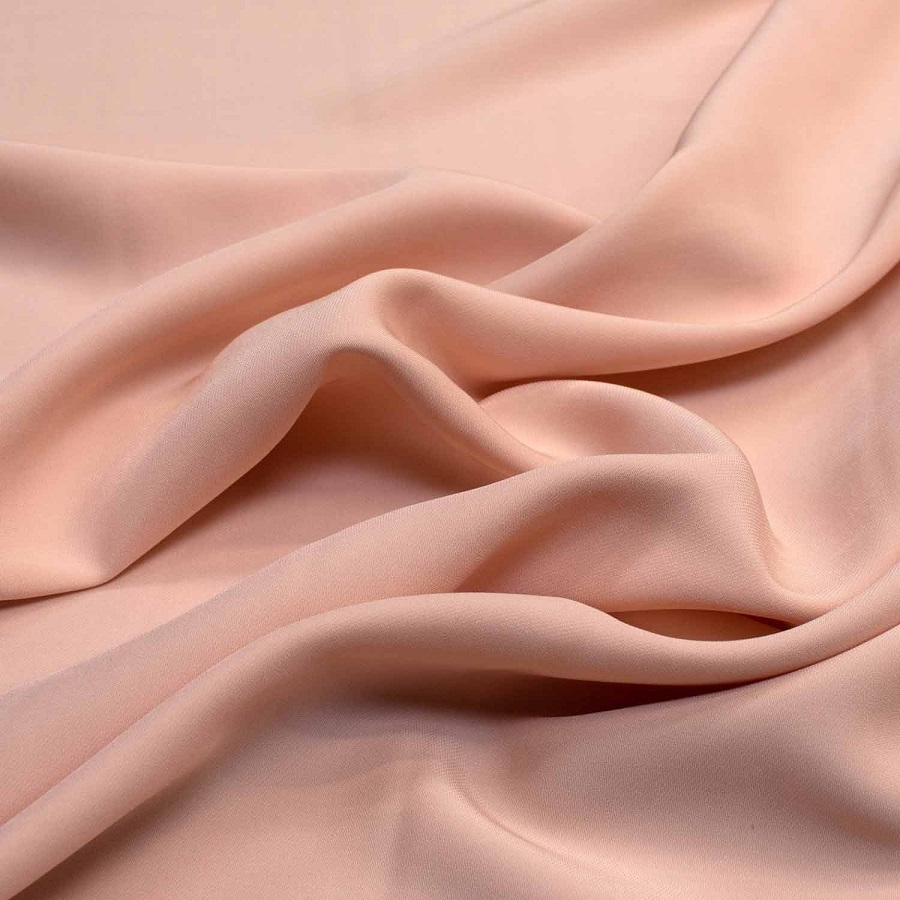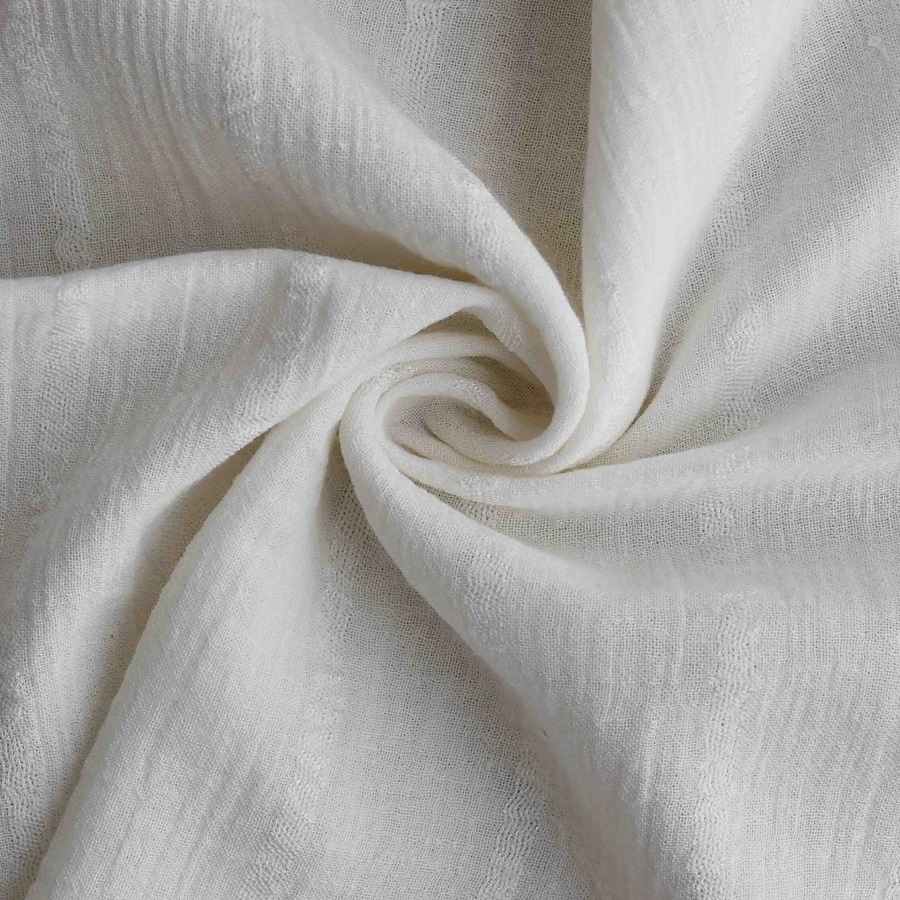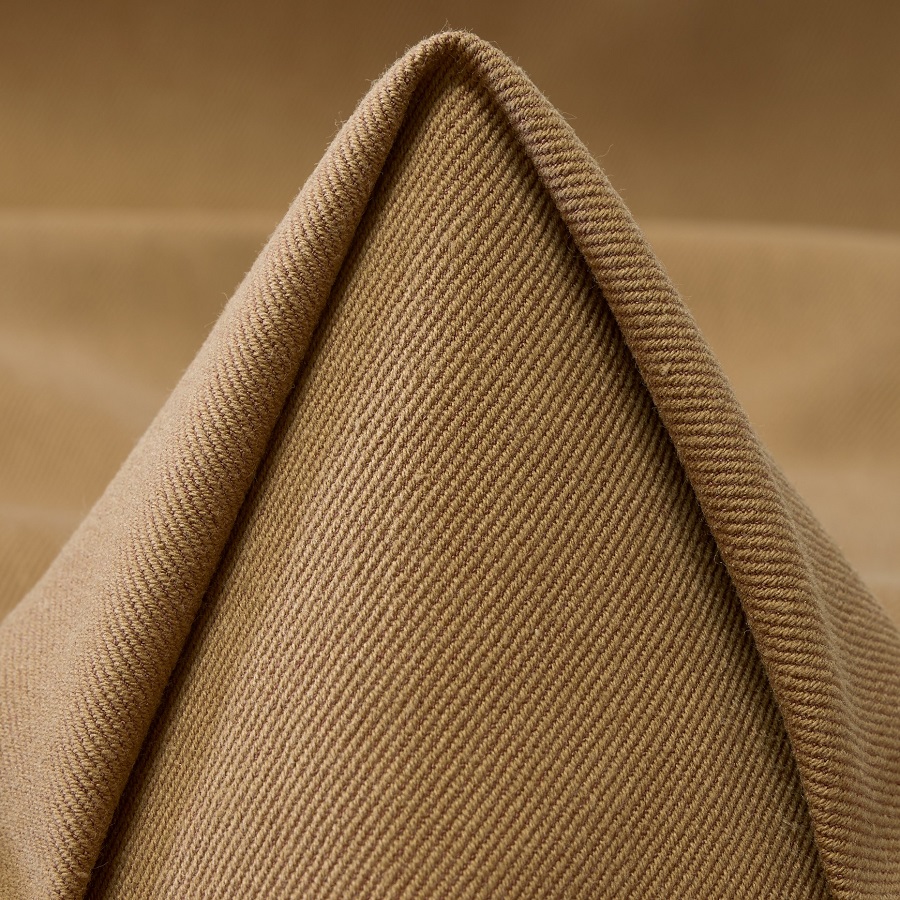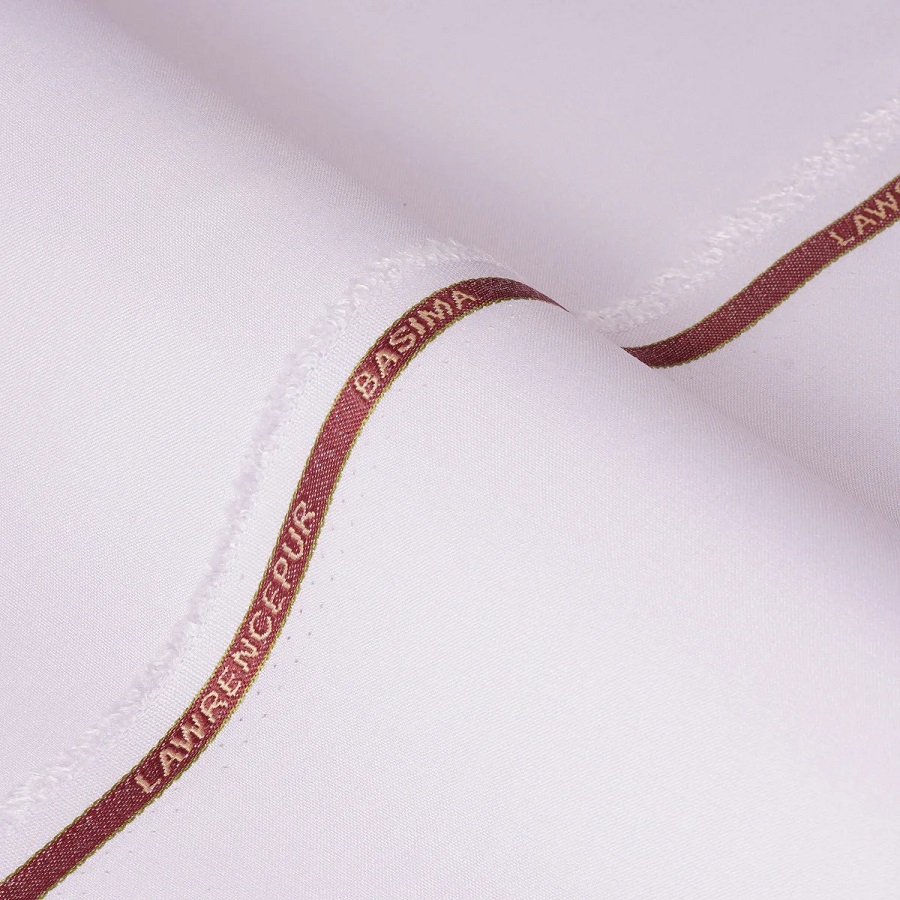Introduction to Viscose and Cotton
Viscose fabric and cotton are popular choices in textiles. Both offer unique qualities and benefits. Yet, they differ in origin, feel, and care needs. Knowing these differences is key for making informed decisions.
Viscose, a man-made material, is soft and drapes well. It comes from regenerated cellulose. This makes it a semi-synthetic fiber. It shines like silk but costs less. Cotton, on the other hand, is a natural, breathable fiber known for its durability.
Choosing between viscose fabric and cotton depends on many factors. These include texture preference, care habits, and environmental concerns. Comfort and use case also play big roles in deciding. Below, we’ll explore these aspects in detail to help you pick the right fabric for your needs.
History and Origin of Viscose and Cotton Fabrics
Viscose and cotton have diverse histories and origins that reflect their unique characteristics. Cotton has a long past, with its use dating back thousands of years. Ancient civilizations, including those in India and Egypt, wove cotton into fabrics. As a natural fiber, cotton comes from the fluffy fibers surrounding the seeds of the cotton plant. It became a staple for creating durable and breathable materials suitable for various climates.
Viscose’s history is more recent, beginning in the early 20th century. Scientists aimed to create a fabric that mimicked silk but was less expensive. The result was viscose fabric, a semi-synthetic fiber produced from cellulose. The cellulose undergoes a chemical process to become a versatile fiber. Viscose fabric is known for its softness and elegant drape, characteristics which quickly made it popular in the fashion industry.
Understanding their histories can guide consumers in choosing between viscose fabric and cotton. Each has its legacy that influences its properties, uses, and how we care for them today. As you consider your fabric options, keep in mind the rich backgrounds of these two textile mainstays.

Characteristics of Viscose Fabric
Viscose fabric stands out for its distinct features. Often selected for its silk-like sheen, this fabric is prized in fashion for soft texture. Viscose is recognized for its exceptional drape quality, hanging smoothly and elegantly from the body. This makes it a favorite for flowy dresses, blouses, and scarves. It is lighter weight when compared to cotton, offering a delicate, airy feeling that’s perfect for warmer climates or seasons.
Yet, viscose is not without its drawbacks. Its fibers are less robust than cotton’s, making it prone to wear from regular use. It can also be more susceptible to shrinkage and damage when wet, requiring special care during washing and drying to maintain its integrity. Viscose is also less absorbent than cotton, so it’s less efficient in wicking away moisture from the body. This could make it less ideal for activewear or for use in humid environments.
Despite these considerations, many choose viscose because it can blend with other fibers, enhancing its attributes. It can also mimic the appearance and feel of other luxurious fabrics, such as wool or linen, at a more affordable price point. For those seeking an elegant look without the high cost, viscose fabric offers a compelling option. When taking into account these aspects, it’s clear why viscose maintains a place in the textile industry.
Characteristics of Cotton Fabric
Cotton fabric has qualities that make it a popular choice for a variety of uses. It is most celebrated for its breathability, which makes it comfortable in hot weather. Its natural fibers allow air to circulate, preventing heat from becoming trapped against the body. This feature is particularly ideal for summer clothing and bedding materials.
Cotton is also known for its durability. It can withstand high temperatures and repeated washing. Unlike viscose fabric, it tends to get stronger when wet, which is why it is frequently used for towels and denim. Its robust nature ensures it remains intact over time, even with regular use, providing good value for money.
Additionally, cotton is highly absorbent, quickly drawing moisture away from the skin. This absorption quality is beneficial for activewear, where it helps to reduce sweat and retain a sense of dryness. However, this also means that it can take longer to dry than synthetic or semi-synthetic fibers like viscose.
Environmentally conscious consumers often lean towards cotton because it is a renewable resource. Yet, it’s worth noting that not all cotton is created equal; organic cotton, for example, is grown without harmful pesticides or chemicals, making it a better choice for the environment.
In summary, cotton fabric is loved for its breathability, durability, and moisture-wicking properties. It’s a versatile material suitable for a wide range of products, from casual clothing to durable workwear. When comparing viscose fabric vs cotton, cotton stands out for its long-lasting use and environmental friendliness, particularly in its organic form.

Comparing Viscose and Cotton: Durability and Comfort
When faced with the choice between viscose fabric and cotton, two vital factors to consider are durability and comfort. Viscose fabric, while soft and featuring a graceful fall, may not hold up as well as cotton over time. Its fibers are more delicate, which means they might wear down with frequent use or improper care. Cotton, in contrast, is known for its strength, especially in damp conditions where it can become even tougher. It’s a preferred material for items we use often, like jeans and bath towels.
In terms of comfort, viscose fabric provides a silky touch and a cooler experience. This makes it a popular choice for light summer attire and evening wear. However, since it’s less effective at absorbing moisture, it may not be the go-to fabric for sweltering days or workout gear. Cotton excels in this area. Its ability to let skin breathe and its high absorbency keeps you dry and comfortable in hot weather or during physical activity.
Choosing the right fabric really depends on what you value more for the occasion. If it’s durability for everyday garments or activewear, cotton could be your best bet. If elegance and a gentle feel are your priorities, then viscose may suit your needs. It’s important to balance these aspects with the specific uses you have in mind.
Environmental Impact: Viscose and Cotton Production
The production of both viscose fabric and cotton comes with distinct environmental implications. Viscose fabric, although derived from natural cellulose, requires chemicals in its production. The chemicals, like carbon disulfide, can be harmful. These are used to dissolve the cellulose and turn it into a fiber. This process has sparked debates about worker safety and environmental health.
Cotton cultivation, on the other hand, can consume extensive water. This is especially true for non-organic cotton. It also often involves the use of pesticides and fertilizers, which can pollute water sources. However, organic cotton represents a more eco-friendly option. It avoids the use of harmful chemicals and typically uses less water.
The textile industry is aware of these concerns. Thus, sustainable practices are gaining popularity. For viscose, this means the development of eco-friendly solvents and closed-loop processes that recycle chemicals. For cotton, water-saving techniques and organic farming are key. They reduce the fabric’s environmental footprint.
When comparing viscose fabric vs cotton, considering the environmental impact is crucial. It can influence not just personal choices, but also global sustainability efforts. Consumers today are more conscious of these issues. Many prefer fabrics with a lower ecological impact. It’s essential to consider both the short-term and long-term effects of fabric production on our planet.
Care and Maintenance: Viscose vs Cotton
When choosing between viscose fabric and cotton, understanding their care and maintenance is essential.
Cotton is fairly straightforward in terms of care. It can endure high temperatures, making it suitable for machine washing and tumble drying. Use a mild detergent, and avoid bleach to maintain the fabric’s integrity. Cotton might shrink a little during the first wash, but it quickly stabilizes.
Viscose requires more delicate handling. It’s prone to shrinkage and distortion when wet. To care for viscose, hand wash or use a gentle machine cycle with cool water. Always use a mild detergent without bleach. Avoid wringing it out; instead, gently squeeze the water out and smooth the fabric flat to dry. Ironing viscose is best done with a warm iron and a pressing cloth to prevent shine.
In summary, cotton is durable and low-maintenance, while viscose needs careful attention to keep its shape and feel. Choose cotton for ease of care and viscose when you can commit to its maintenance needs.

Choosing Between Viscose and Cotton: Use Cases and Recommendations
When selecting a fabric, consider how and where you’ll use it. Here are use cases and recommendations for when to choose viscose fabric and when to opt for cotton.
For Fashion and Elegance
Viscose fabric’s drape and sheen make it ideal for evening wear and luxury garments. Use it in dresses, blouses, and scarves for special occasions.
For Durability and Daily Wear
Cotton stands out for everyday clothing. Its strength suits jeans, tees, and workwear. Choose cotton for items that see frequent washing and use.
For Hot Weather Comfort
Cotton’s breathability is unrivaled for summer clothes and bedding. It keeps the skin cool and comfortable during heat waves.
For Eco-Conscious Choices
Opt for organic cotton to minimize environmental impact. It’s grown without harmful chemicals and is a sustainable choice for the planet.
For Activewear and Fitness
Cotton’s moisture-wicking property makes it better for sportswear. It keeps you dry during workouts and active pursuits.
Remember to balance your needs with the properties of each fabric. Consider factors like care needs, environmental impact, and performance for your intended use before making a decision.
